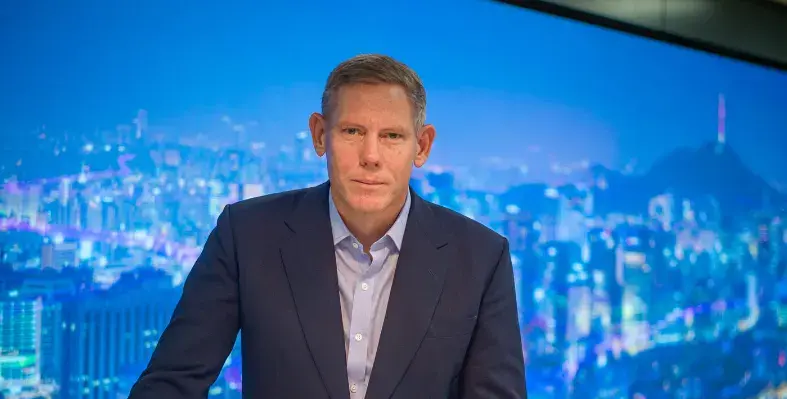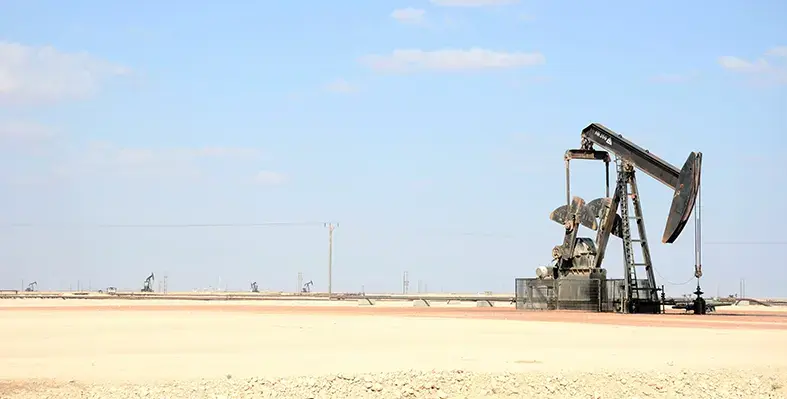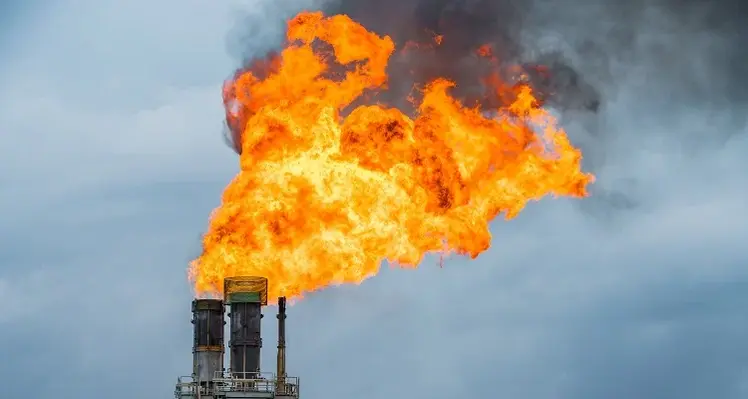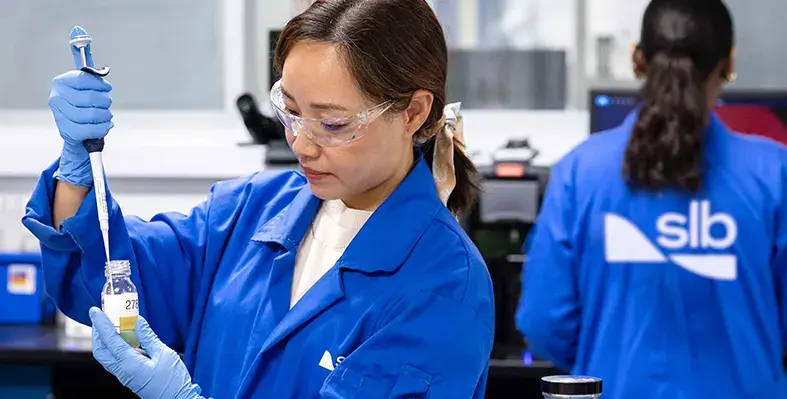Green hydrogen company Protium has selected Industrial software company AVEVA to develop its digital industrial intelligence platform for the acceleration of its green energy solution
Protium designs, develops, finances, owns, and operates green hydrogen solutions for clients globally to achieve net zero energy emissions. Protium’s digital industrial intelligence platform will leverage AVEVA software to collect, contextualise, analyse, and visualise asset performance and operations data in an integrated digital twin. This digital twin can also detect faults and perform error analysis while providing critical visibility and insights to the team working throughout Protium’s value chain. With AVEVA’s solutions, Protium will benefit from smart monitoring and control, certified and proven electricity origin, plant operations optimisation, minimised downtime and increased reliability.
Protium is aiming to save 256,000 tons of CO2 per year, and projects that AVEVA solutions will help it save an additional 5-10% by optimising process design and utility consumption.
“Our collaboration with Protium brilliantly illustrates AVEVA’s commitment to enabling industrial sustainability,” commented Caspar Herzberg, CEO, AVEVA. “Leading the transition to net zero through emerging technologies requires flexible digital infrastructure. The data platform we’ve developed for Protium is tailored to manage a resilient and agile digital infrastructure in a cost-effective manner, leveraging the full potential of Protium’s industrial intelligence.”
“Green hydrogen is a key stepping stone in the UK’s ambition to cut CO2 emissions by 1 million tonnes a year by 2030. Achieving this goal cost-effectively and reliably will depend on building the right infrastructure and operating it efficiently. By working closely with AVEVA, we’ve developed the right set of digital tools to enable Protium to deliver green hydrogen at scale – critical at this point when we are about to open a second hydrogen production plant and growing our project portfolio,” added Jon Constable, COO, Protium.













